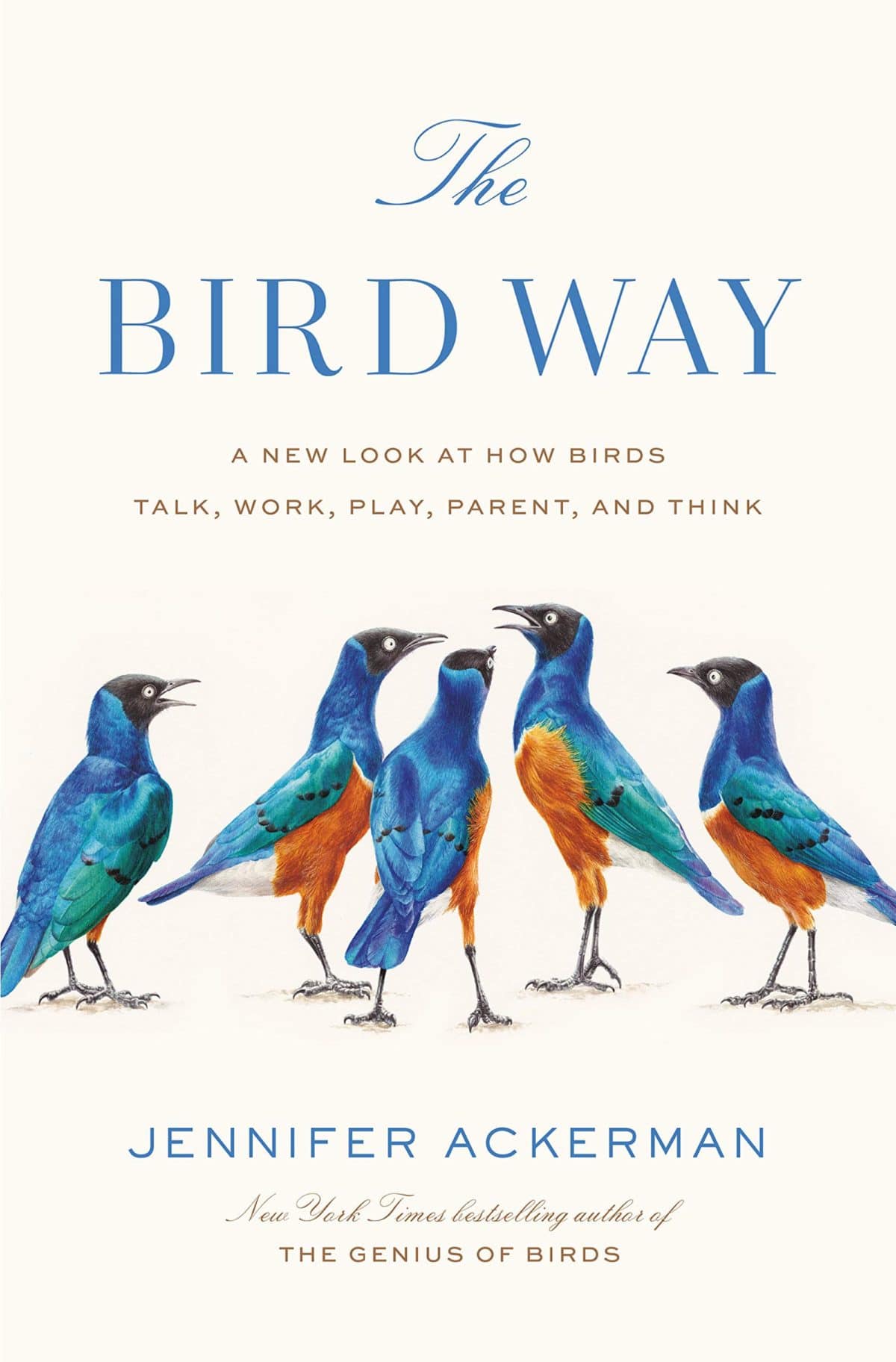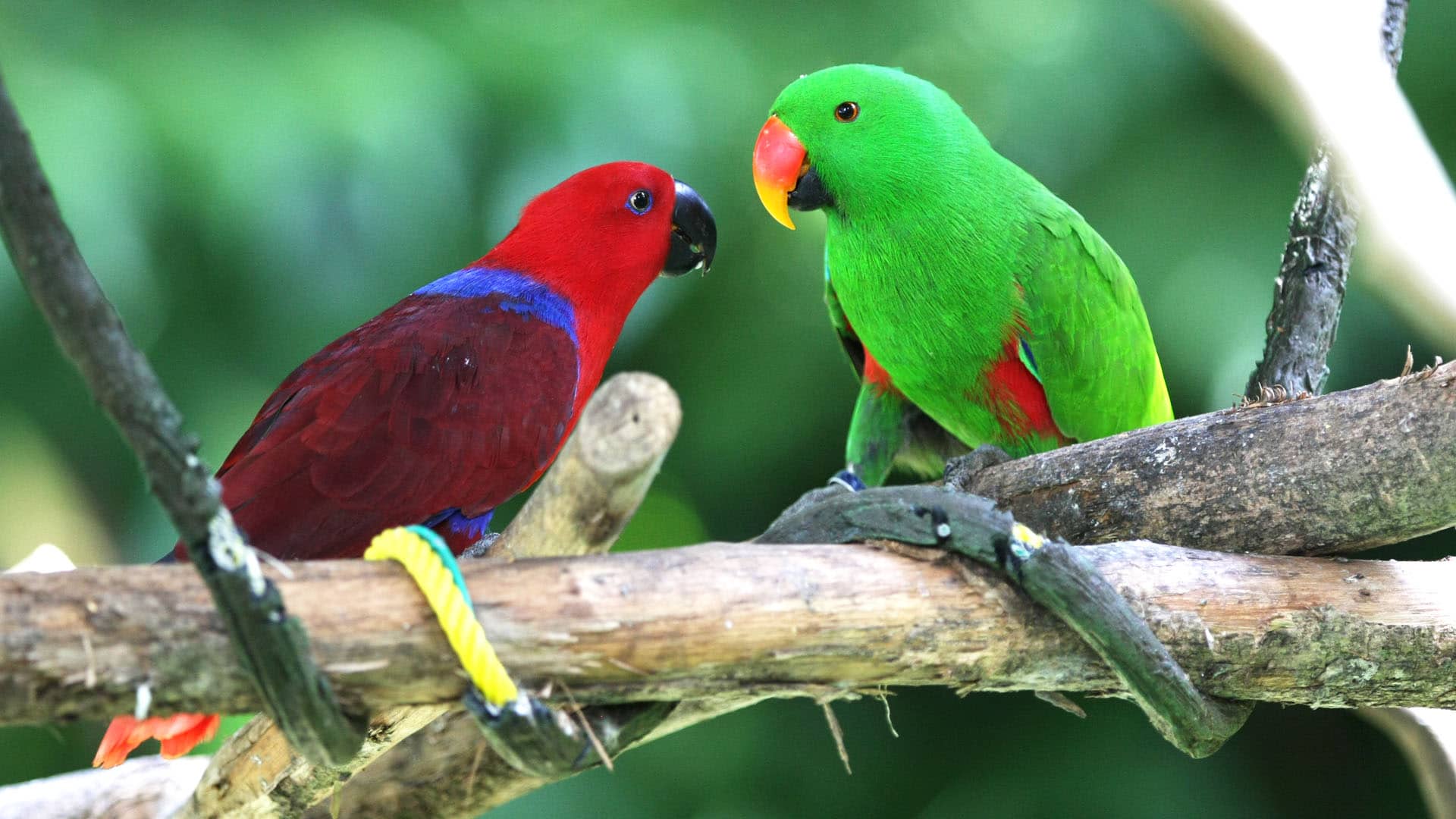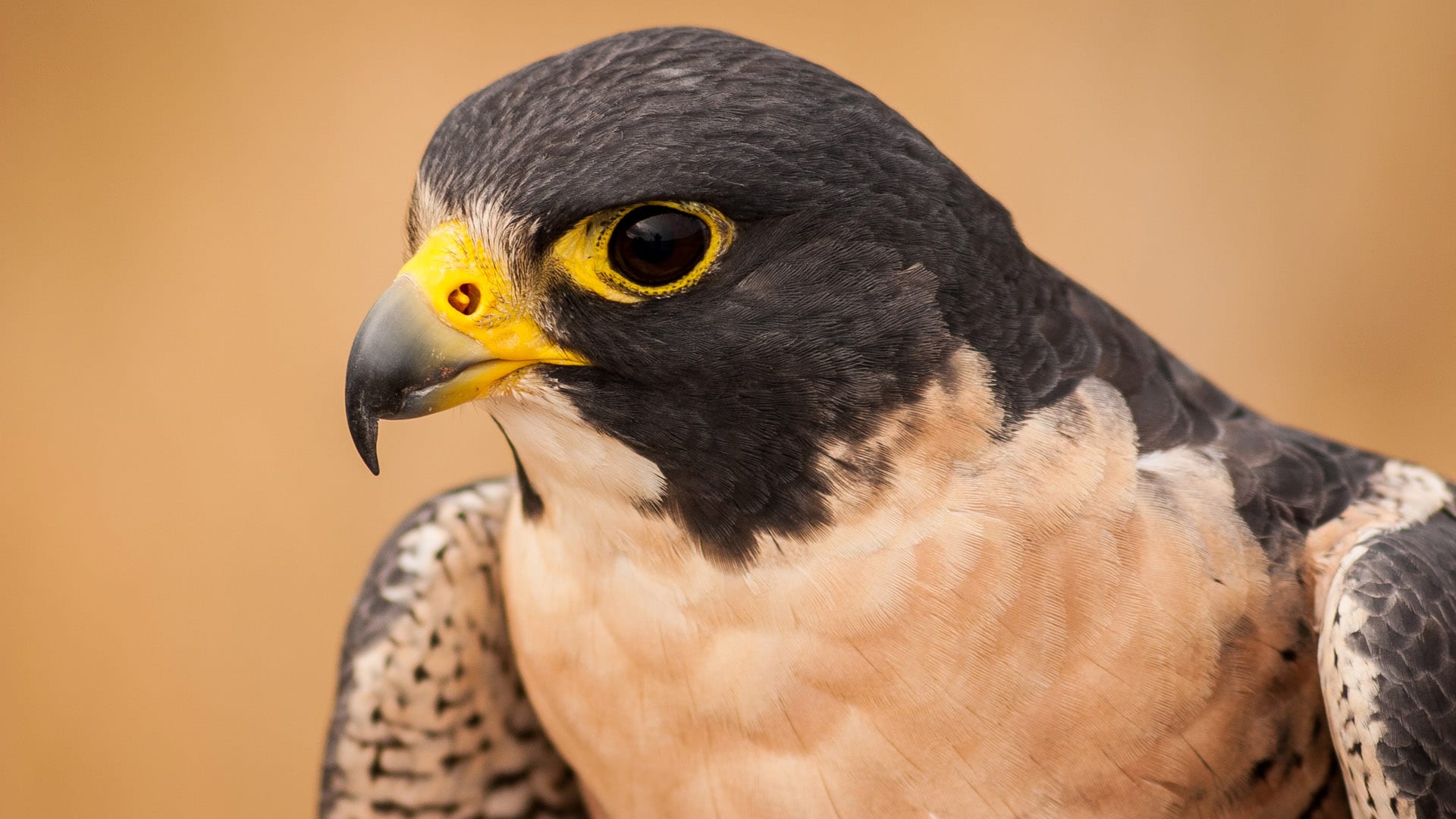The renowned biologist E.O. Wilson once quipped, “When you have seen one bird, you have not seen them all.” The diversity of the world’s 10,000-plus bird species is truly staggering, ranging from 2.5-inch-long hummingbirds that weigh as little as a dime, to 9-foot ostriches that can kick hard enough to kill a human. For decades, though, scientists generally thought of birds as conforming to a single set of rules: Females are drab and silent, while males are flashy and boisterous. Pairs are monogamous, and in the rare event of philandering, the male always initiates. Above all, this thinking posited that all birds are automatons, with pint-sized brains that constrain intelligence.

BOOK REVIEW — “The Bird Way: A New Look at How Birds Talk, Work, Play, Parent, and Think,” by Jennifer Ackerman (Penguin Press, 368 pages).
Like many presumptions humans make about nature and other species, the truth turns out to be much more complex and fascinating than we ever imagined, according to science journalist Jennifer Ackerman in “The Bird Way: A New Look at How Birds Talk, Work, Play, Parent, and Think.” A new wave of research is not only dispelling old assumptions and showing that birds do not conform to sweeping generalizations, but also revealing that they are capable of nuanced, highly intelligent behaviors that we once believed to be uniquely human (or at least belonging solely to a few fellow mammals).
Ackerman walks readers through the most extreme, surprising, and thought-provoking examples of recently uncovered bird behavior. She draws on hundreds of scientific studies and dozens of interviews and field visits with leading ornithologists to lay out the new revelations, from findings that choughs kidnap and enslave young from other groups (the only record of this disturbing act outside of humans and ants), to the discovery that palm cockatoos build their own musical instruments. The result is a book written for true nature and bird lovers — as well as those interested in the origins of intelligence, sociability, deception, altruism, innovation, language, and many of the other attributes at the heart of what we consider to be human.
This is not Ackerman’s first foray into the world of birds. Her 2016 book, “The Genius of Birds,” which explored avian intelligence, was translated into 20 languages. In reporting that best-seller, Ackerman’s interest was piqued by some of the “surprising and sometimes alarming” behavioral breakthroughs that ornithologists mentioned to her in passing — things that go against the grain of decades of assumptions of what “normal” bird activity looks like. Her curiosity about those findings led to “The Bird Way.”
Ackerman packs her book with insightful observations, interesting factoids, and deep dives into new research about birds as varied as seagulls, emus, vultures, and robins. Black-capped chickadees, for example, code messages into their alarm calls by tailoring the number of “dees” that come at the end of their chicka-dee-dee trills. The more dees, the more dangerous a predator. What sounds like random bird chirps, in other words, are “sophisticated signals to other birds, tweets of intelligence,” Ackerman writes.
Numerous other bird species engage in similarly thoughtful, purposeful behaviors that scientists have lacked the tools to study or simply overlooked until now. Scrub jays that know they are being watched will undertake elaborate shell games, moving their stash of food several times and sometimes fake-moving it to confuse the viewer. Herons bait their aquatic prey by purposefully placing leaves and insects — or even bread that people leave for ducks — on the surface of the water, while male and female blue-capped cordon-bleus tap-dance in perfect time, too fast for the human eye to see.
While most chapters feature an array of species, some are tangents into a single fascinating anomaly, from the neotropical birds that specialize in gorging themselves on the free buffet of critters fleeing daily tidal waves of raiding Eciton burchellii ants in Costa Rica’s jungles, to the goofy antics of play-addicted kea, New Zealand’s “clowns of the mountains,” as the parrots are sometimes called.
Perhaps the most startling example Ackerman cites, though, is Eclectus roratus, a parrot that lives in remote regions of Australia and New Zealand whose curious antics have stumped scientists for decades. It took over 60 years for researchers to even realize that males, which are bright green, and females, which are a stunning vermillion and purple, even belong to the same species. As one ornithologist noted, “Then one day, some naturalist saw a green one on top of a red one.”
The Eclectus parrots’ flamboyant, starkly different coloration flew in the face of everything scientists thought they knew about birds, including that females tend to be muted in color. The few known exceptions to this rule were species that exhibit sexual role reversals, in which showy females defend territories and compete for the attention of males that ultimately incubate and raise the chicks. Eclectus parrots play traditional gender roles, however, so this scenario did not apply. Researchers were stumped. One frustrated scientist, William Hamilton, lamented, “When I understand why one sex is red and the other green, I will be ready to die.”
Hamilton did not live to see the coloration mystery solved. After a decade of careful study, Robert Heinsohn, a conservationist and evolutionary biologist at the Australian National University, finally solved the enigma. Females, it turns out, nest in hollows found in a single scarce tree species, many of which are prone to flood when it rains. To protect their coveted hollow, females virtually never leave their nest. Their flashy red coloring simultaneously acts as a warning to other females to steer clear and as a come-hither beacon to visiting males who mate with multiple females and bring them food. The males’ green coloration, on the other hand, is simply great camouflage in the jungle canopy — and they attract potential mates with ultraviolet patterns that only other parrots can see.
Meanwhile, ornithologists discovered an even stranger twist: The parrot mothers will sometimes purposefully kill their male offspring — a behavior that flies in the face of what scientists understand about birds. Heinsohn found that female chicks fledge a full week before males, so if a mother is nesting in a flood-prone hollow during a time of heavy rain, she is better off putting all of her resources into speeding along a female chick’s development over a male’s. Infanticide happens relatively infrequently, though, so the overall population’s gender balance remains intact. As Heinsohn told Ackerman, “Provided you don’t do it too often, you can get away with it.”
Odd behaviors and outliers like the Eclectus parrots often reveal “ingenious adaptation to difficult problems or dire environmental conditions,” Ackerman writes. Such examples can also push us to think about birds in new ways — ones that reveal the scope of their diversity and intelligence. “It’s clear that birds are thinking beings, even if they’re thinking about different things, in different ways, than we humans do,” Ackerman writes. Just as there is no one way to be a human, there is also no one way to be a bird.












Comments are automatically closed one year after article publication. Archived comments are below.
I’ve had an epiphany about birds this year. I mean I’ve always *liked* birds, and I’ve always loved dinosaurs, and I’ve known birds are dinosaurs for years, and I’ve volunteered for a bird organization for years. But it’s only this year where I’ve gotten to the point where I’m genuinely excited every time I see one – I mean I could go into detail about how beautiful they are or how interesting their behavior is or how many different kinds there are but ultimately my realization was just fully succumbing to the “birds are awesome!” mindset